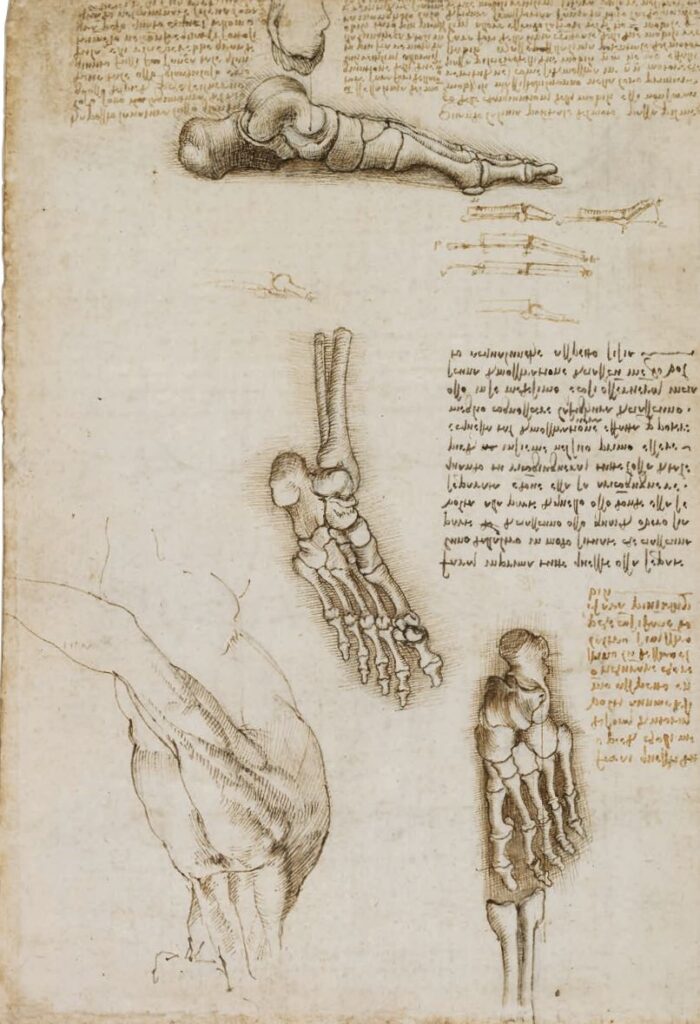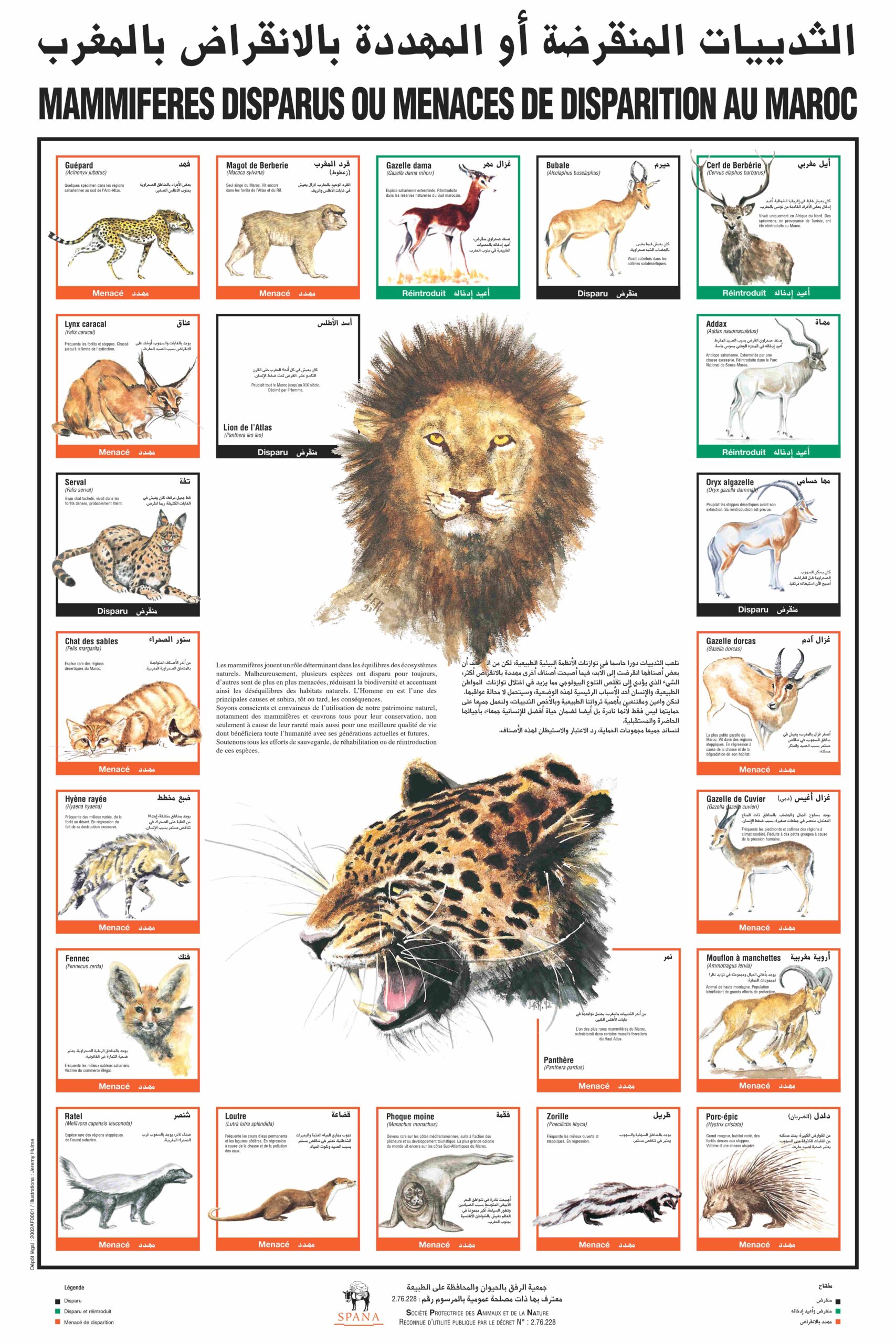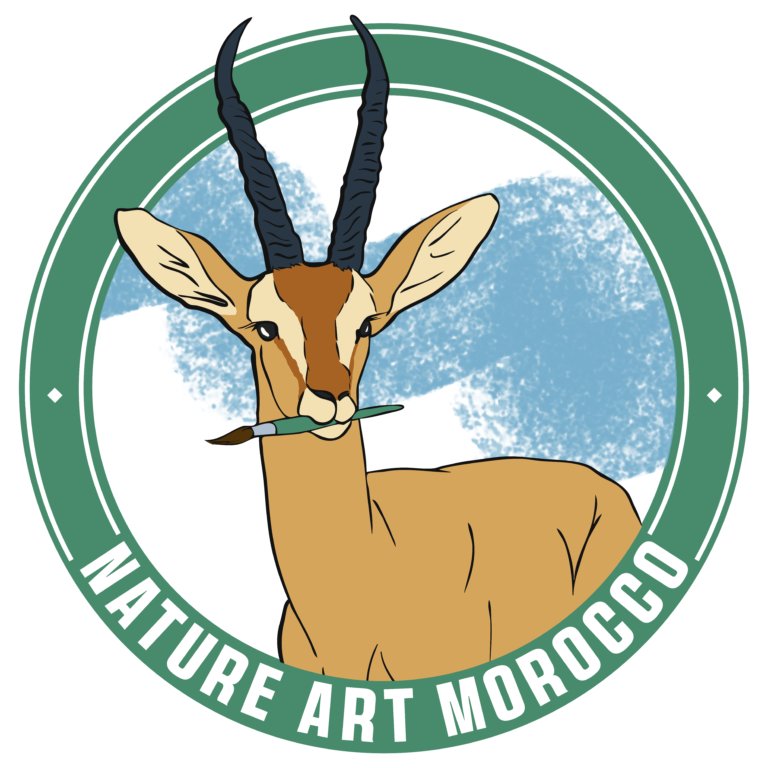
Picture this: I’m sitting at my desk, a collection of newly pinned beetles gleaming in the soft light. Each small detail of these tiny creatures seems to whisper secrets of the natural world. With my sketchbook in hand, I trace the lines and curves of one particular beetle. As I draw this insect, it dawns on me : the incredible between science and illustration. Welcome to a world where art and discovery collide, where my passion for science and art ignites a journey of exploration and creativity. I’m your guide, and I’m thrilled to take you on a remarkable adventure where Moroccan artists, scientists, and nature enthusiasts come together to celebrate the art of discovery.

Scientific illustration, often underestimated in the modern age, is a vital tool that bridges the gap between art and science. It’s more than just beautiful pictures; it’s a language of discovery. In the annals of history, scientific illustration held a prominent place, acting as the primary means of documenting and sharing scientific findings. From the pioneering sketches of Leonardo da Vinci to the meticulous anatomical drawings of Andreas Vesalius, these illustrations played a pivotal role in advancing human understanding. Yet, somewhere along the way, the digital age led us to believe that photographs and computer-generated imagery were superior. However, in recent years, there has been a remarkable revival of scientific illustration. It’s regaining its historical significance, breathing life into scientific research, and captivating the imagination of artists, scientists, and nature enthusiasts alike. The marriage of art and science continues to unfold, revealing a captivating tapestry of knowledge and creativity.
Scientific illustration transcends its aesthetic appeal to offer practical applications across a spectrum of scientific fields. From the meticulous dissection diagrams that aid medical students to the detailed botanical illustrations used in plant taxonomy, it provides a visual language for researchers and educators. Think of the intricate maps of coral reefs that help marine biologists chart changes in ecosystems or the lifelike reconstructions of prehistoric creatures that aid paleontologists in piecing together Earth’s history. In Morocco, a country boasting rich biodiversity, scientific illustration emerges as a crucial tool in documenting and understanding its unique ecosystems. Despite these remarkable applications globally, it’s disheartening to note that Morocco’s scientific community has often overlooked this discipline. There’s a noticeable absence of local artwork in scientific research and conservation projects, which tend to rely on foreign artists. This disconnect calls for a closer look at the untapped potential within Morocco’s artistic community and the need to foster a collaborative spirit between artists and scientists to champion local biodiversity awareness and preservation through scientific illustration.

A Memorable poster from my childhood class, done by Jeremy Hulme.
Morocco, with its diverse landscapes stretching from the majestic Atlas Mountains to the arid expanse of the Sahara Desert, is a biodiversity hotspot waiting to be unveiled. Its unique geography gives rise to a rich tapestry of life, from the hardy argan trees of the south to the elusive Barbary macaques in the mountainous regions. Morocco’s flora and fauna hold an enchanting beauty and uniqueness that beckon exploration and conservation. As I’ve roamed this country, sketchbook in hand, I’ve come to appreciate the potential for scientific illustration to inspire Moroccan youth. It’s a captivating medium through which the vibrant stories of Morocco’s natural wonders can be told, igniting curiosity and fostering a deep connection with the land we call home.
In the enchanting interplay of science and illustration, we find a symphony of understanding and expression. In Morocco, where the potential of scientific illustration remains largely untapped, there’s a significant need for this visual language to breathe life into scientific research and conservation efforts. The fusion of art and science offers a gateway to unlocking the mysteries of our unique biodiversity, while simultaneously inspiring the next generation of Moroccan artists, scientists, and nature enthusiasts. It’s a call to action, an invitation to foster collaboration and networking among our talented creators and inquisitive minds. Together, we can celebrate the exquisite beauty of our natural world and ensure its preservation for generations to come.
I invite you, dear readers, to join in this captivating journey at the intersection of science and illustration. Share your thoughts, experiences, or questions in the comments section below. Let’s ignite a vibrant discussion and celebrate the beauty of Morocco’s biodiversity together. Your insights and inquiries are valuable contributions to our shared exploration of this remarkable fusion of art and science.
